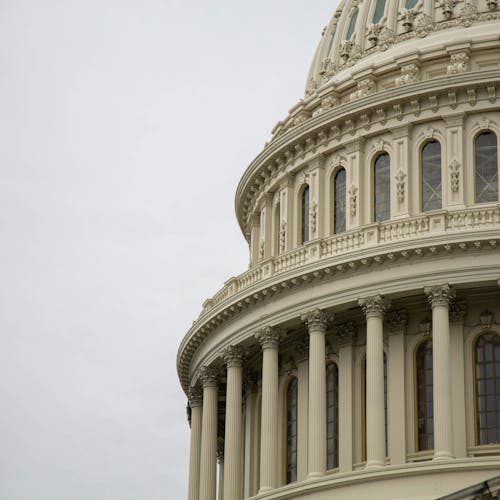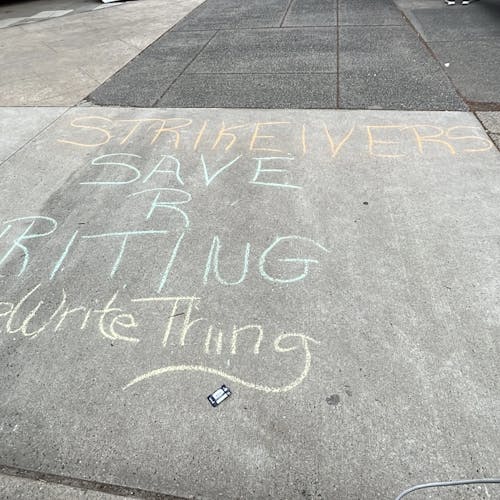Professionals give advice on teaching STEM courses

Getting past the myth that Science, Technology, Engineering and Mathematic courses are only for exceptionally gifted geniuses is the biggest challenge in teaching STEM courses.
The Teaching Assistant Project sponsored a lecture titled “Issues in Teaching in STEM” yesterday at the Busch Campus Center.
The event, which hosted professors and Ph.D. candidates in STEM fields, centers around a specific theme each of the speakers considers important for their success in teaching in the their fields.
Monica Devanas, director of Faculty Development and Assessment Programs, said when professors teach relevancy within the course, they find success within teaching in STEM fields.
Devanas said her challenge as a microbiologist was making microscopic organisms monumental for her students. To do this, she makes bacteria and microbes relevant to her students’ lives in ways they may not have realized.
“Once you realize how important these creatures are, you become a little more interested,” Devanas said. “Perhaps students become a little more motivated in learning the difficult science behind it.”
Michael Weingart, an instructor in the Department of Mathematics, said it is a self-defeating way to approach the material when a student comes into a course with the belief he or she will fail.
It is important to immediately inform students about the challenging nature of the coursework, but explain the potential accessibility of it, Weingart said.
Weingart said his motto is “challenging but accessible.”
He said mistakes are also something he believes are integral in deconstructing the myth and fear of STEM programs.
It conveys to the students that instructors are humans too. Instructors become more relatable and mistakes offer an acknowledgement of the challenge that coursework presents.
Denise Cullerton, a Ph.D. candidate in the Department of Chemistry and Chemical Biology, said becoming acquainted with the students is one of the most important parts of both the teaching and learning process.
“One of the biggest things [instructors] have control over is motivating and inspiring students to want to do your science,” Cullerton said.
One way of doing this is by creating a more personal bond with the students, Cullerton said. Getting to know the students and letting students interact with instructors can be a small way of making a large impact on how the students approach the course material at hand.
Chetan Tonde, a Ph.D. candidate in the Department of Computer Science, said he creates a connection with his students with implementation of active learning.
Tonde said student involvement is sometimes tricky to achieve in STEM programs.
The computer science courses he teaches have previously been taught with lengthy PowerPoint presentations that use most of the class time.
“Students get bored,” he said. “Learning doesn’t happen just by listening”.
Instead of using slide after slide, Tonde said he uses the blackboard.
“While solving the problem … I go slowly, so students have the time to understand it. While writing down [the solution] I also explain what I’m thinking about,” Tonde said.
Each panelist said students can either love the subject or hate the subject, and the way in which a professor approaches that material can largely influence whether its love or hate that the students walk away with.
“Use [your] passion to make a better learning environment for the students,” Cullerton said.



